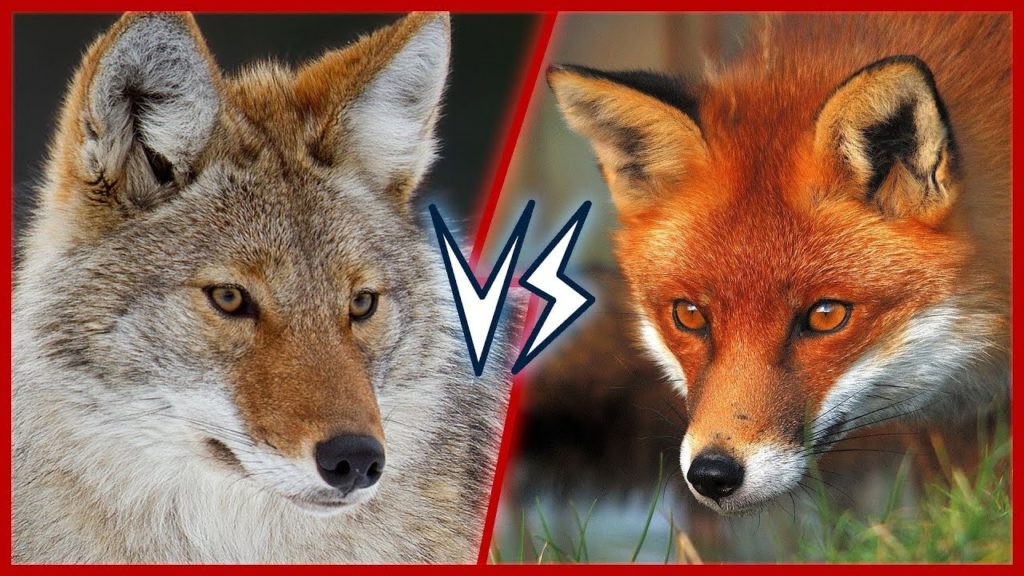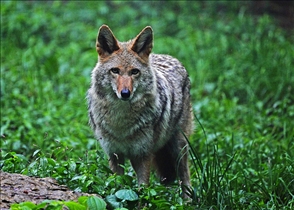

Greater annual survival rates observed in melanistic Canis may be attributed to better concealment in areas with dense canopy cover such as coastal bottomland forests. In the southeastern United States, pelage color influenced habitat selection by coyotes and annual survival of coyotes and hybrids providing evidence that Gloger’s rule is applicable to canids inhabiting regions with dense canopy cover and wetlands. Furthermore, we observed that melanistic coyotes maintained larger home ranges and exhibited greater selection for areas with dense canopy cover and wetlands than did gray coyotes. However, we observed that melanistic coyotes and hybrids experienced greater annual survival than did their gray conspecifics. We found no correlation between morphometrics and pelage color for Canis taxa. To assess if Gloger’s rule could explain the occurrence and maintenance of melanistic phenotypes in Canis taxa, we investigated differences in morphology, habitat selection, and survival associated with pelage color using body measurements, GPS tracking data, and long-term capture-mark-recapture and radio-telemetry data collected on coyotes and hybrids across the southeastern United States. Today, the melanistic phenotype is extinct in red wolves while occurring in coyotes and red wolf-coyote hybrids who occupy the red wolf's historical range. In the temperate forests of the southeastern United States, historical records of red wolf (Canis rufus) and coyote (Canis latrans) populations document a consistent presence of melanism. Although rare in Canis populations, melanism in wolves is more common in North America than other regions globally and is believed to follow Gloger’s rule.

Gloger’s rule postulates that animals should be darker colored in warm and humid regions where dense vegetation and dark environments are common.

However, interbreeding between coyotes and red wolves in the wild has been repeatedly and comprehensively documented by ecological and molecular studies by which more realistic and parsimonious pathways (e.g., red wolf and coyote hybridization) can be formulated for how southeastern coyotes may have acquired melanistic traits and dog alleles. 7a) between coyote and dogs has not been documented in the wild (see review by von-Holdt and Aardema ) despite numerous research and monitoring programs and the common and widespread use of camera surveys in modern research. 7), whereas direct interbreeding (e.g., copulation Fig. In fact, there is considerable evidence of human-facilitated interbreeding of wolves, coyotes, and dogs in captive environments (Fig. 7c) indicating that humans crossed red wolves and dogs in captivity. Indeed, Mengel reported that some of his F1 and F2 coyote-dog hybrids escaped from their pens and were not retrieved and Goldman reported the existence of a red wolf-dog hybrid in Reynolds County, Missouri (Fig.


 0 kommentar(er)
0 kommentar(er)
